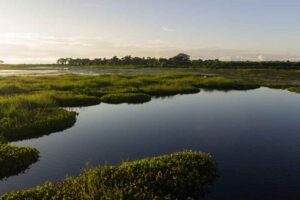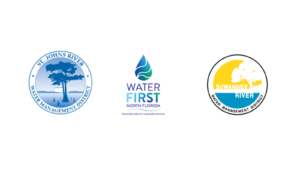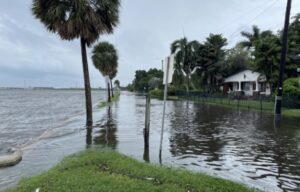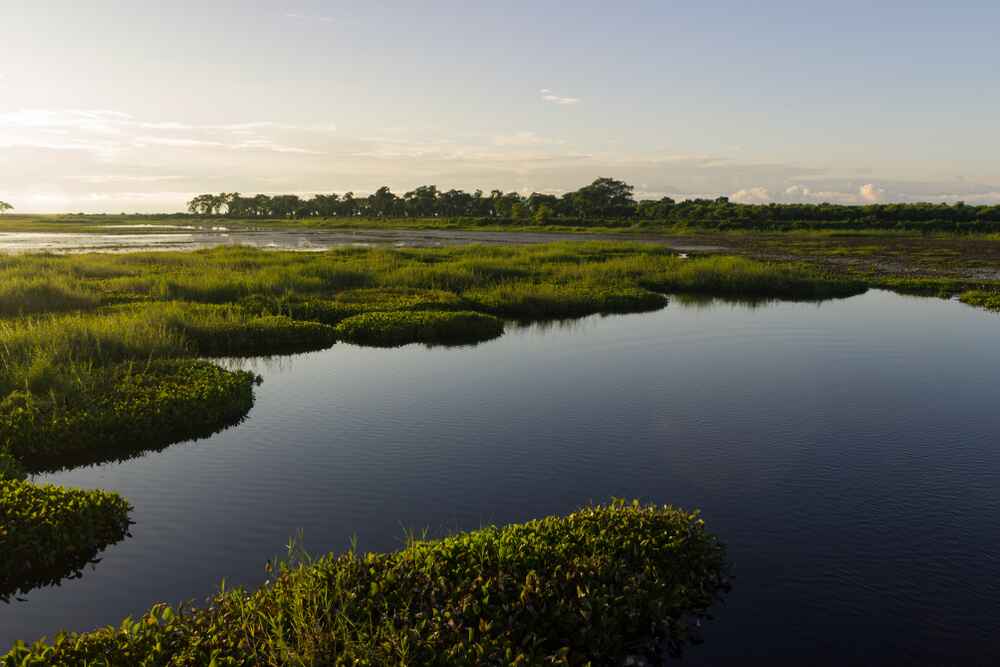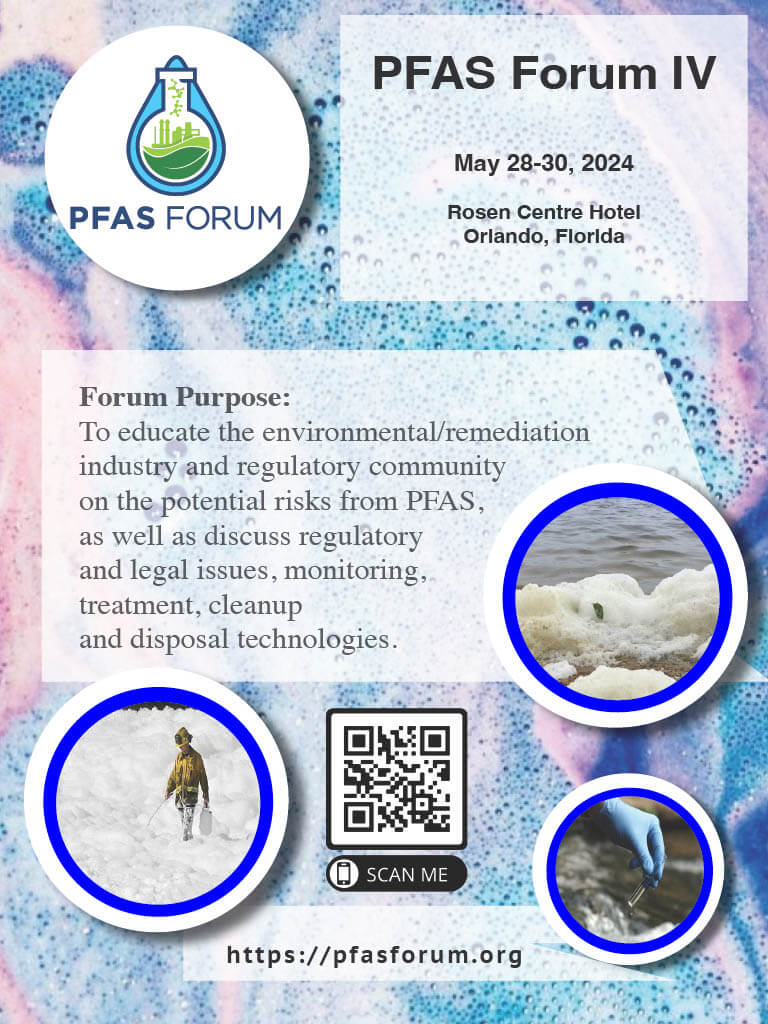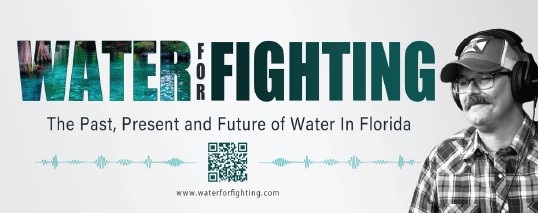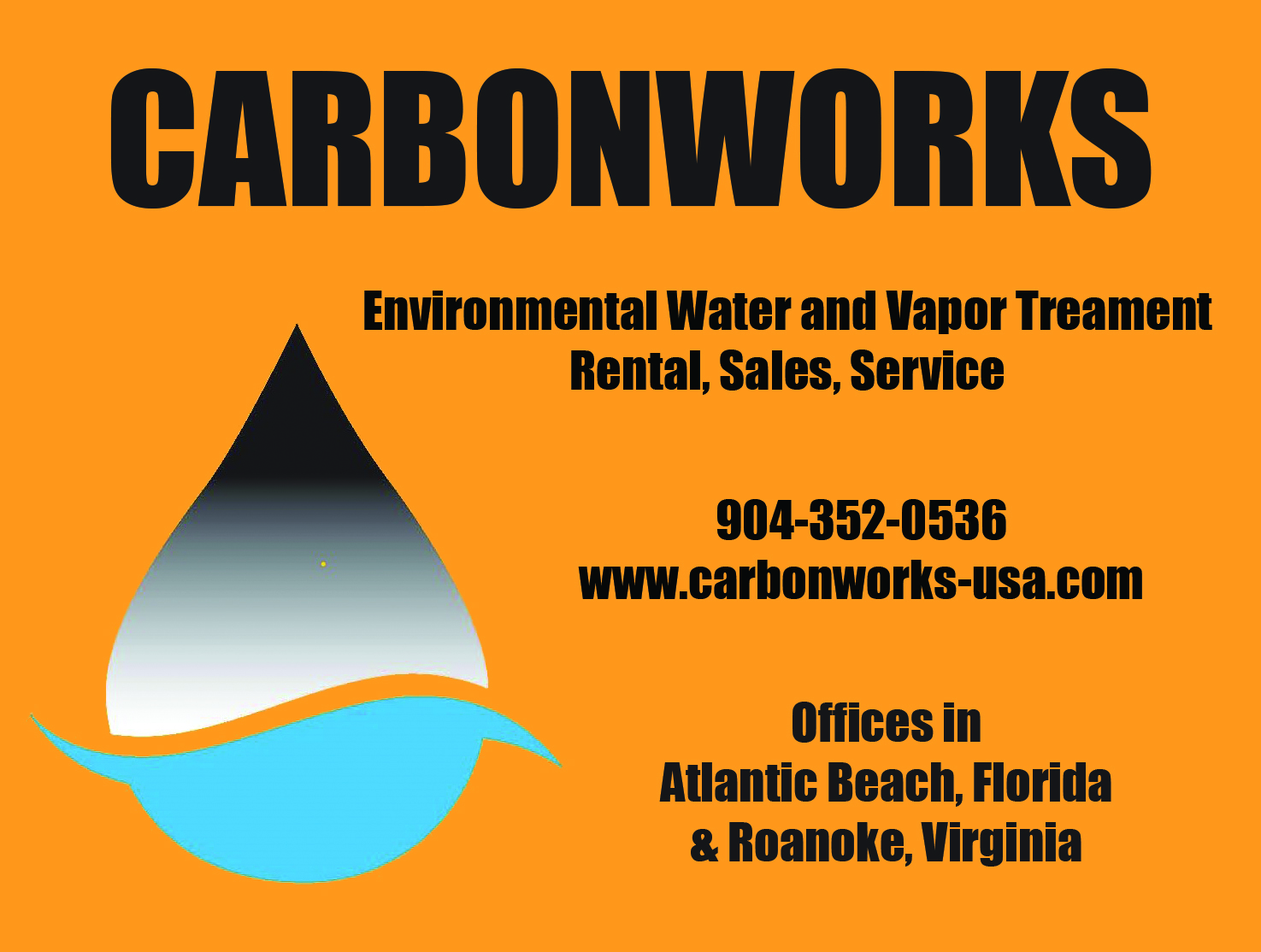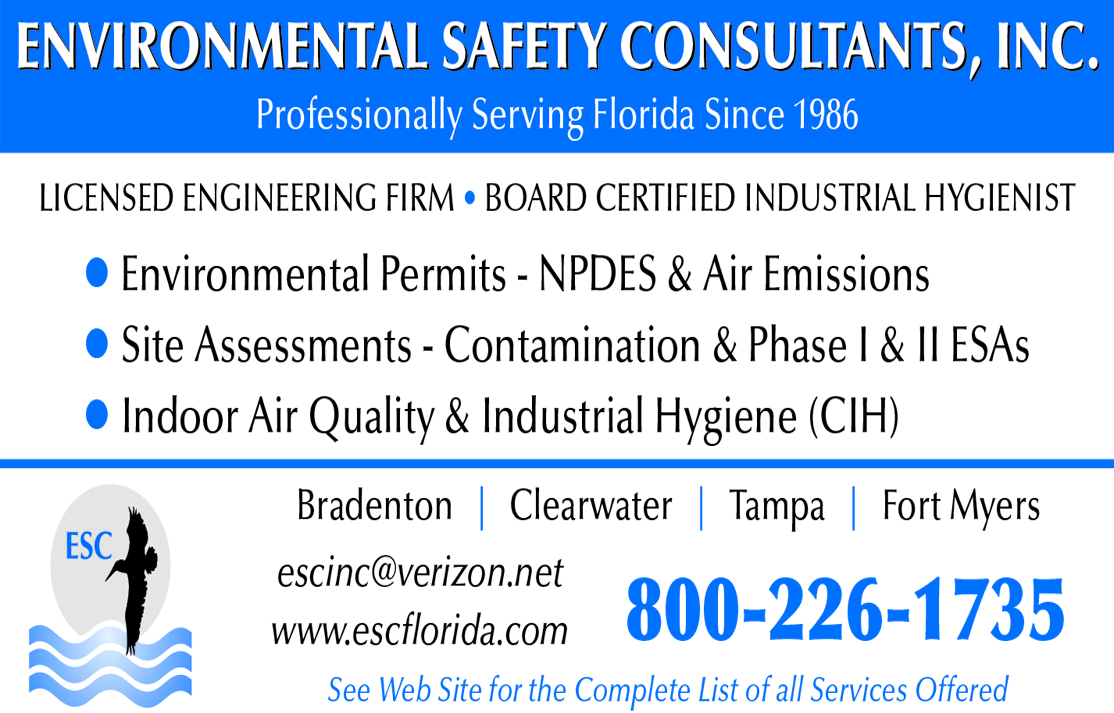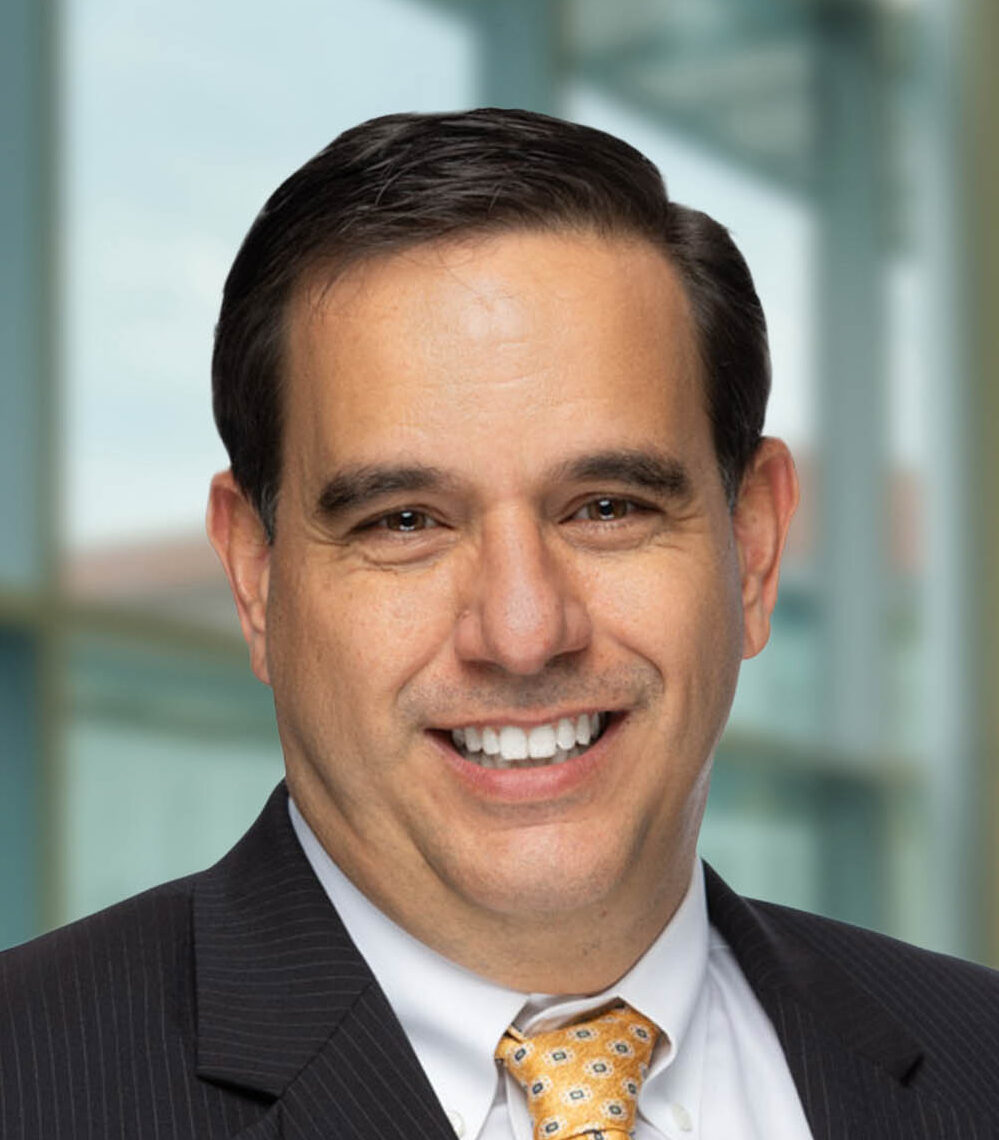
By ROBERT BELTRAN, PE
Vice President, Business Unit Manager,
Water Market Segment,
Dewberry

and TAMARA RICHARDSON
Director of Utilities,
Polk County
Water supply, water resources, and wastewater professionals often operate independently, each focused on their respective fields of expertise, and while their work sometimes overlaps, their specific disciplines are largely compartmentalized within the unique divisions of the water management industry.
Similarly, water resources in Florida have been regulated by multiple agencies based upon water management needs. Our water management districts oversee water supply, stormwater, and water resource management for water quantity, while the Florida Department of Environmental Protection (FDEP) has focused more on water quality and the treatment of water in the areas of water, wastewater, reclaimed water, and stormwater.
For some time, this approach has been effective, but as the population grows, there are continuing concerns about both water quantity and quality. For example, 60% of the state has been identified to be within a water use caution area (WUCA), regions where water resources are or will become critical within the next 20 years.
Florida citizens have taken notice, and elected officials are taking action. The governor and legislature aredirecting additional funding and enacting new regulations to address water quality and quantity. However, this is resulting in added pressure on local governments and utilities who own and operate water, wastewater, and stormwater facilities. New and updated rules are impacting municipalities’ traditional programs for operating and maintaining these facilities, including capital improvements and renewal/replacement programs.
Florida is facing a challenging situation, one that requires a holistic approach focused on the entire interconnected water system—a One Water approach. This approach demands collaboration across disciplines and agencies and big-picture, future-focused thinking to meet both immediate and forecasted water demand while preserving the environment and ensuring clean water for Florida’s future.
At the municipal level, One Water requires integrated water management solutions with an interdisciplinary team-based method for arriving at innovative solutions. Polk County provides a good example of how this approach can work. With 554 lakes, the headwaters of six rivers, and five major impaired basins within its borders, along with booming development, water quantity and quality issues aretop of mind for Polk County leaders.
Thus, the County and several local municipalities are working collaboratively to implement an integrated water management approach. For instance, the Division of Parks and Natural Resources and Polk County Utilities meet monthly to discuss the needs of natural systems, new regulatory requirements, and ideas for addressing water quality and supply needs.
From these discussions, they have developed programs that identify and prioritize projects that will provide the greatest environmental benefit in the most reasonable timeframe and budget. These projects include everything from natural treatment solutions to septic-to-sewer initiatives.
Another concept that is becoming more common is sharing and relocating resources. Historically, projectsof this nature have been expensive and complicated due to the multi-jurisdictional infrastructure required. Now, with the increasing pressure on our natural resources, the concept of taking resources from where they are available and where the environmental concerns are not as great and relocating them to areas ofneed is becoming more widely accepted.
An example of this type of regional project is the Southeast Wellfield and Treatment Plant effort, which also includes the associated distribution system. This multi-jurisdictional project takes Lower Floridan groundwater from the south end of Polk County and distributes it throughout the region to the areas where demand is higher. The Polk Water Regional Cooperative, which consists of Polk County and 15 cities, has been successful in working toward a regional solution to their shared water supply issues.
While Polk County is making strides, these examples are illustrative of what is beginning to happen across the state as local governments and utilities realize the level of cooperation that is needed in all areas of water management, from potable water, wastewater, and reclaimed water to stormwater, surfacewater, and groundwater. And local governments are seeing cooperation from state government as well. Upon his inauguration in 2019, Governor Ron DeSantis called for the highest level of funding for environmental restoration in Florida’s history, a proposed $3.5 billion, which is providing some means to meet water quality goals.
Of course, none of these efforts can be successful without the support of the public. Projects of this nature require a proactive and informative public outreach program to educate residents on the state’s water resource challenges and the potential solutions aimed at preserving our natural resources while providing a sustainable water supply.
Join us over the next three months as we explore these and other examples of how municipalities are implementing a One Water approach and unpack the full range of factors that must be considered to successfully meet water quality and quantity goals. This One Water series will include three upcoming Florida Specifier podcasts hosted by Brett Cyphers and Ryan Matthews featuring thought leaders in the field of integrated water management. Together, these topics will provide a comprehensive understandingof the One Water approach and guidance for its implementation. ●


